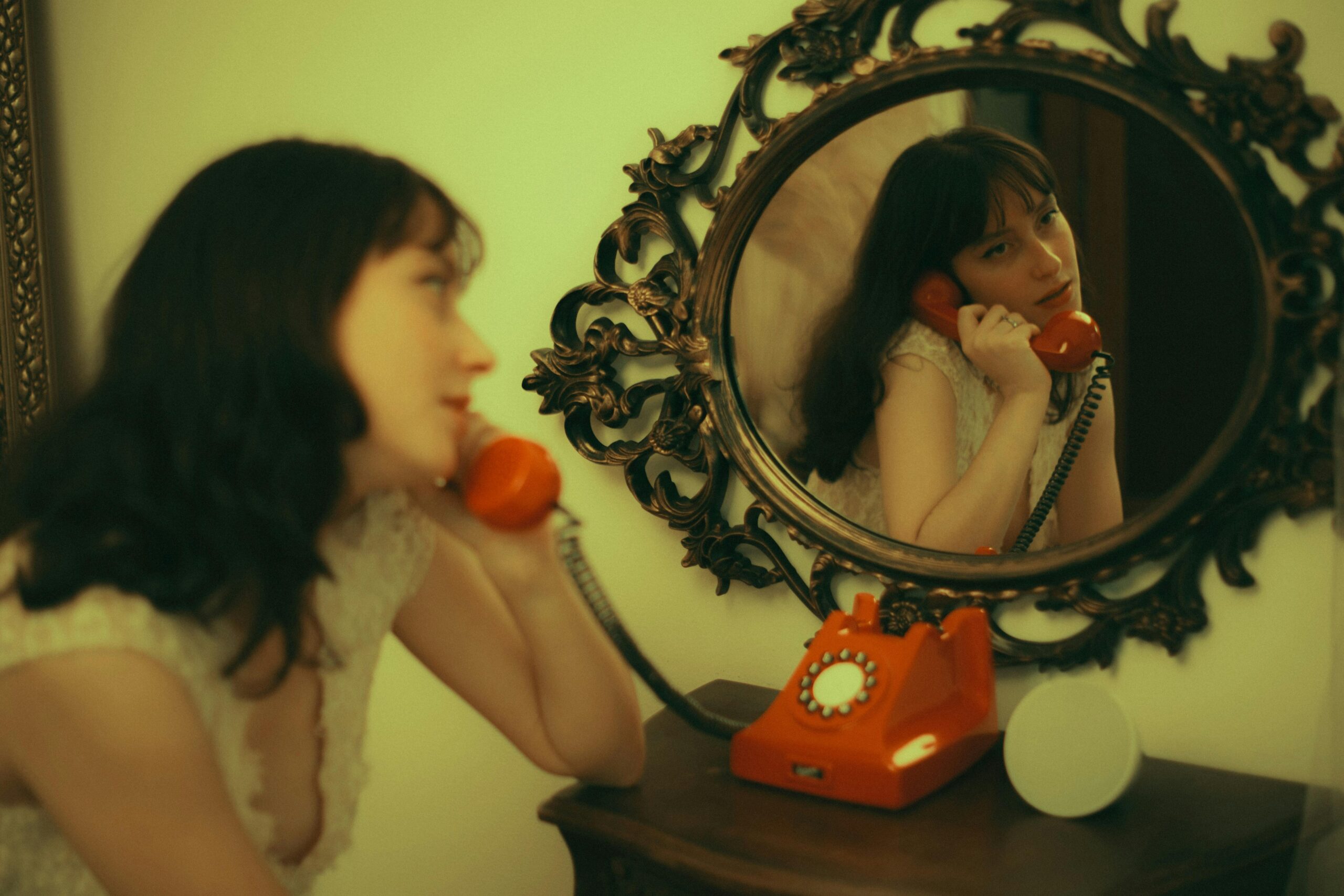For many, a career in fashion design begins as a childhood dream—one of glamour, artistry, and fame. The industry itself is sometimes called the “fashion bubble”, a detached world admired by those outside of it, and championed by those within it.
But what’s the reality?
Since the nineties, the fashion industry has faced multiple mental health crises—unrealistic standards, toxic workplaces, and extreme overwork take their toll. Yet the struggles of those behind the scenes often remain hidden. The tragic loss of Lee McQueen and John Galliano’s highly publicised breakdowns serve as shocking examples, but they’re not the only ones who have suffered. For decades, creative directors, models, and fashion students have endured immense psychological strain.
The Bigger Picture
Awareness of these issues isn’t the problem though, it’s the lack of action from industry insiders which is harmful. In 2015, Dazed declared it was “time to talk” about mental health in fashion, highlighting the industry’s habit of romanticising suffering. Since then, Vogue Business have done extensive research exposing burnout culture, unsustainable work practices, and diversity barriers. Yet, despite these reports, the system hasn’t changed.
Ignoring these problems poses a risk to the industry itself. Research in other fields has shown that overwork leads to increased errors and reduced creativity. With younger employees prioritising well-being and inclusivity, brands that continue to thrive on exploitation may struggle to retain talent or attract customers which share these values.
I conducted a study inspired by the reports from Vogue Business and Dazed, investigating the mental health crisis among fashion designers specifically. Through in-depth interviews, 15 designers from around the world, aged 21 to 44, shared their experiences.
Their observations revealed a high-pressure environment shaped by a profit-first mentality. Some anonymised quotes from the study include:
”“There’s a lot of insecurity among those in power; they limit growth because they're scared of being surpassed. When they see others getting more attention, they start doubting themselves. It’s a tough environment that feeds on insecurity.” - DESIGN GRADUATE/STYLIST, 28
”" When I worked for [a fashion house], I didn't use my time off because there was no time. It was expected that you'd get two weeks off a year, but maybe you didn't. Anyone who actually took their paid time off faced a lot of judgment” -
DESIGNER, 35
”“Creatives need to let their brains rest so they can generate new ideas. But on a true fashion schedule, you can’t. You have to keep going. You find yourself manufacturing creativity, you become disenchanted with the process, and the creative medium that you love so much.” - DESIGN CONSULTANT, 44
Bursting the bubble
While these quotes confirm industry stereotypes, the key takeaway is broader: burnout, overwork, and extreme pressure are not exclusive to fashion; even finance bros have dealt with these challenges. And if they can implement protections for their workers, why can’t we?
Fashion must first pop its outdated bubble, opening the doors to scientific investigation and giving a voice to its workforce. Industry professionals must reflect on their workplaces and advocate for employee empowerment, while consumers should champion brands that genuinely support their creatives. Together, these reflections could be the first step toward a healthier, more humane industry.
For more information about this research, please contact the author.



